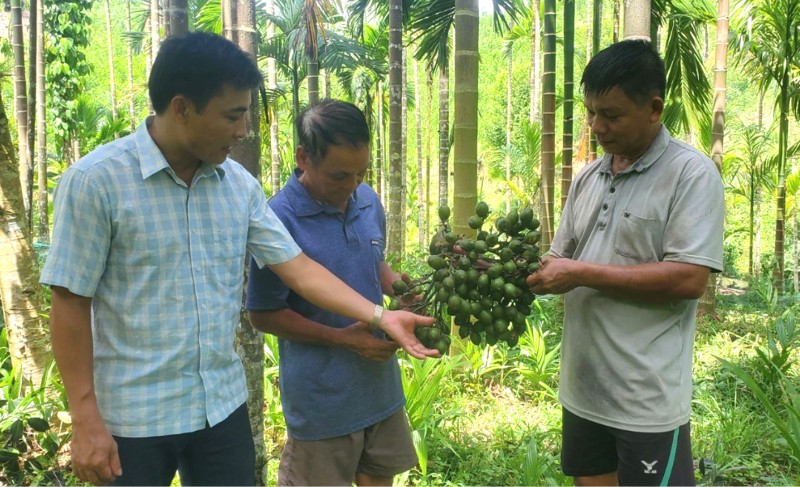
Nestled at the foot of the mountain, Tro village in recent years has been covered in cool green by tens of thousands of straight areca trees. In the middle of a garden of more than 5 hectares, Mr. Ha Van Dung is busy checking the nursery.
With his hands deftly removing the layer of straw covering the seedling beds, Mr. Dung shared: “Before, I planted lemons, gac fruit, sugarcane, oranges, lychees, grapefruits… but none of the plants were good. When the harvest was good, the price dropped, and when it was bad, no one would buy. I worked hard all year round but had no money left over.”
He said, there was a time when he planted up to 5,000 gac trees and 500 lemon trees, and looking at the red ripe fruit in the garden, his heart was in turmoil. "No one in the village bought them, so I had to carry baskets of gac and bags of lemons down to the city to sell. There were days when I had to carry them all, squeezing on the bus, feeling both tired and sad."
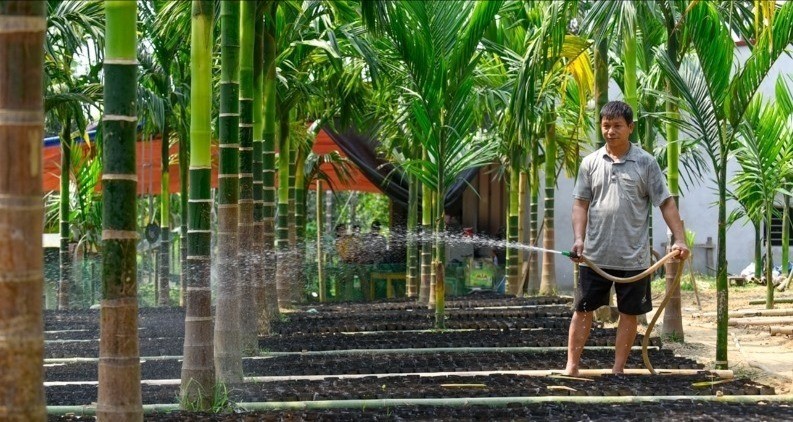
Not wanting to let life continue to be difficult, Mr. Dung turned to seriously thinking about a plant that few people pay attention to: the areca tree. As someone who has spent nearly 20 years traveling to villages to buy medicinal herbs, he realized that the areca tree has a fairly stable output, with traders coming to the garden to buy. Old areca nuts can also be sold to traditional medicine establishments.
With that in mind, in 2006, he boldly planted 1,200 areca trees. Five years later, the trees bore fruit. The yield was not high, but it was enough for him to see the potential: "It doesn't take much effort to care for, few pests, little capital, and can be sold right in the garden, without having to run around looking for an outlet."
From 2017 to 2019, he expanded the areca area to 5 hectares, planting a total of 14,000 trees. Up to now, more than 7,000 trees have been harvested regularly every year. Areca fruits can be sold all year round, with a stable price of 20,000 VND/kg or more, which is profitable.
Recalling the period of growing gac, Mr. Dung still shook his head: “Every time we harvested, my wife and I lost sleep because we didn’t know where to sell it. We packed it in bags and sent it to the city by bus. But that way of doing things was small, hard work, and not sustainable.”
After many failures, the areca tree seemed to be the most suitable choice. The soil did not become infertile, and the areca tree remained steadfast through many rainy seasons. There was no need to worry about the fruit falling off, no need to water much, just need to weed and fertilize once a year. "Perhaps the areca tree was born for the poor, it does not cost money to grow but still grows well," Mr. Dung smiled gently.
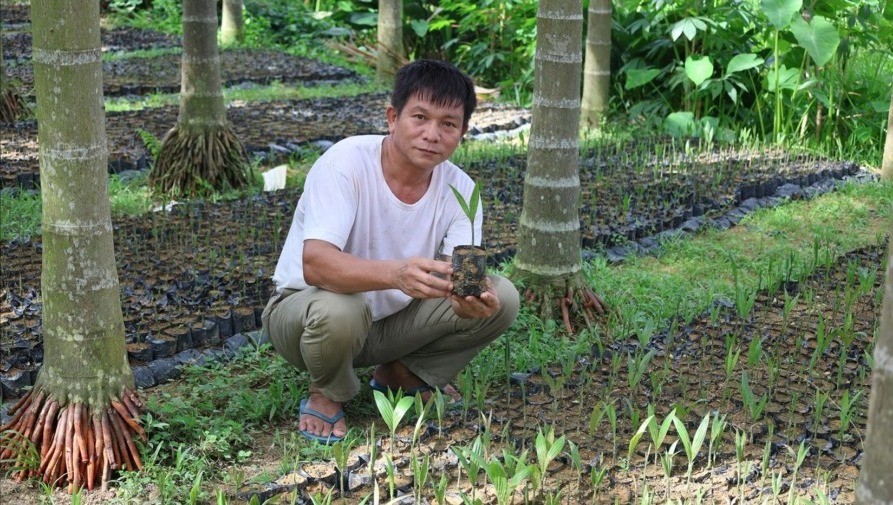
Not only growing areca nuts, he also became a famous areca nut nurseryman. At first, he planted them himself, then when he saw the good seeds, villagers came to buy them, then customers from other provinces also came. In 2024, he released 30,000 seedlings to the market, with an average price of 25,000 VND/tree. Combined with the sale of 5 tons of areca nuts, his total income that year was up to 700 million VND.
“I guarantee the tree until it bears fruit,” he said. “Areca seedlings must be taken from a mother tree that is more than 15 years old, and good seedlings will produce fruit. People who buy my seedlings will be given detailed instructions on how to care for them and how to treat pests and diseases.”
In addition, he also intercropped 600 Cot Toai Bo roots, a medicinal plant that grows on areca palms, not only does it not take up much land but also increases income. Currently, traders buy Cot Toai Bo roots at 30,000 VND/kg. He is currently propagating more to cover the remaining areca palm area.
Seeing the effectiveness of Mr. Dung's model, dozens of households in Tro village have followed suit. The village's areca acreage now exceeds 20 hectares, turning the once barren hills into lush areca forests.
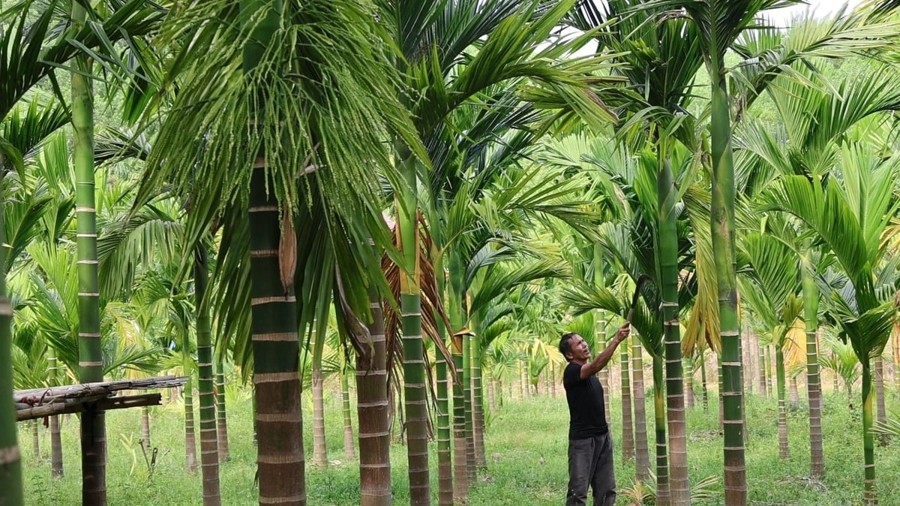
One of the pioneers following Mr. Dung is Mr. Ha Van Oanh, born in 1964. He used to grow sugarcane, then switched to acacia, but due to old age and poor health, he decided to plant 2,600 areca trees. "Since having the areca garden, my wife and I have less trouble, we only have to occasionally weed and fertilize," Mr. Oanh shared.
For Mr. Dung, joy comes not only from profit but also from being trusted by the people. He is always willing to share his experience, provide technical support, and even help hire a plane to spray pesticides when aphids appear. “Areca also has pests, but they are easy to handle, unlike when growing gac, which has to be sprayed when the flowers bloom, and then the young fruits all fall off,” said Mr. Dung.
Source: https://baolaocai.vn/nong-dan-mien-nui-thu-hang-tram-trieu-dong-moi-nam-tu-chuyen-doi-trong-cau-post649370.html


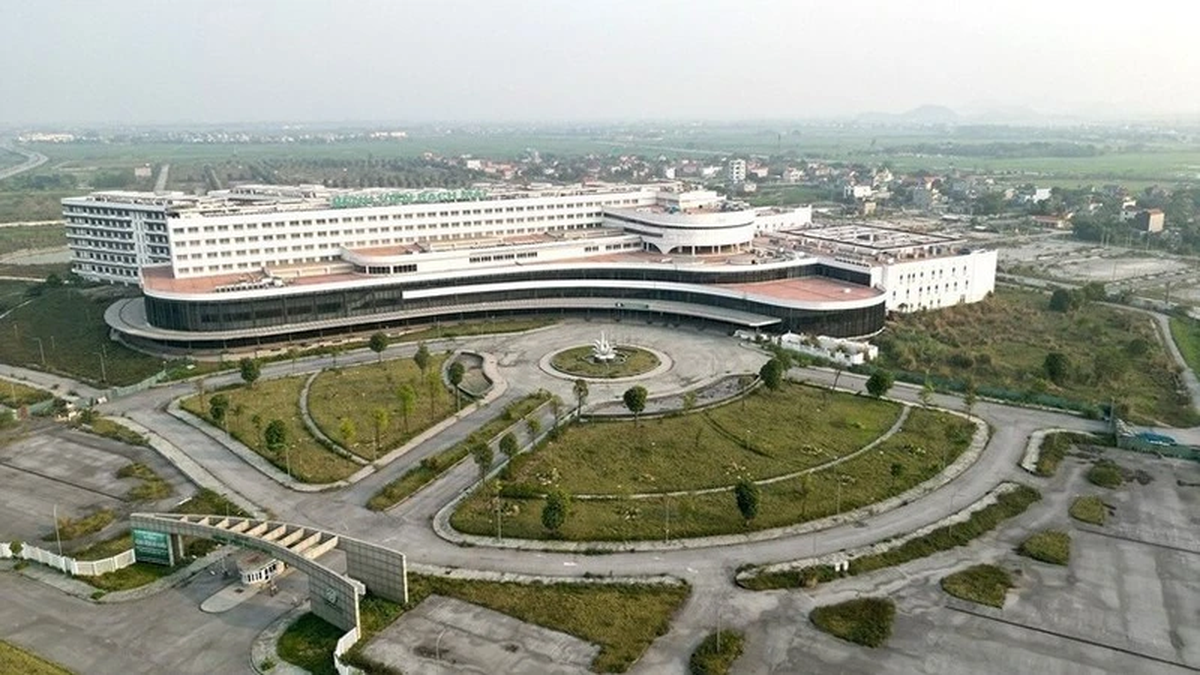

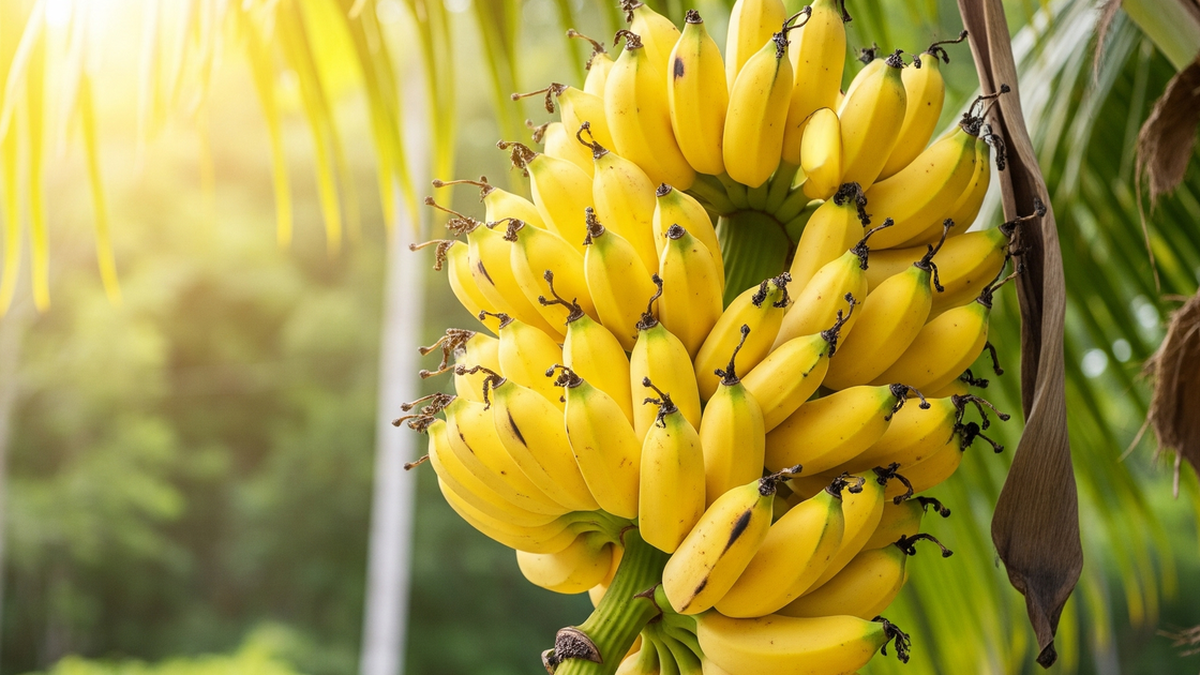



















![[Photo] National Assembly Chairman Tran Thanh Man visits Vietnamese Heroic Mother Ta Thi Tran](https://vphoto.vietnam.vn/thumb/1200x675/vietnam/resource/IMAGE/2025/7/20/765c0bd057dd44ad83ab89fe0255b783)












































































Comment (0)